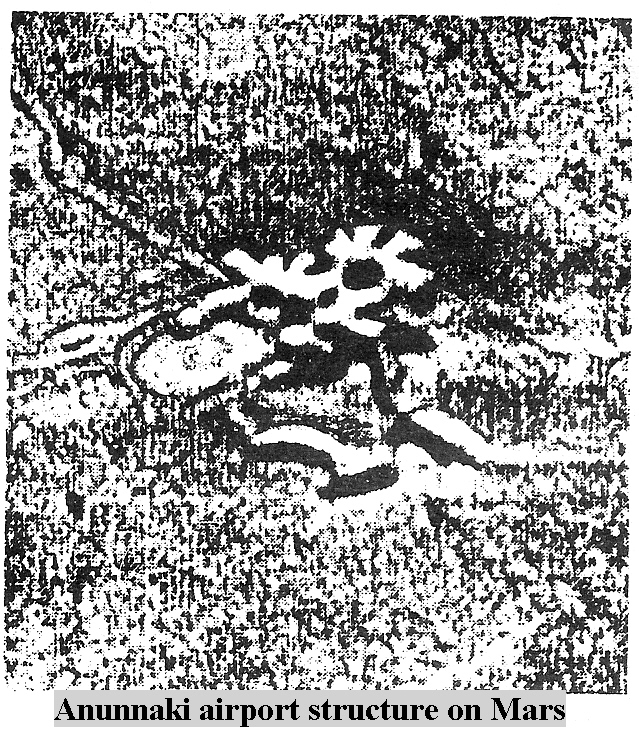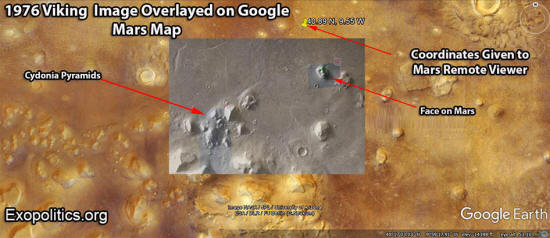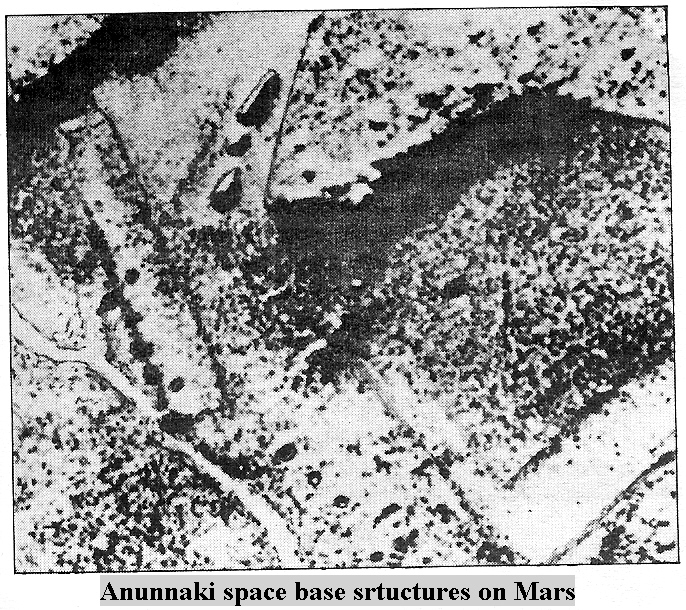
Follow him on Twitter Follow us on Twitter or Facebook. Mike Wall is the author of " Out There (opens in new tab) " (Grand Central Publishing, 2018 illustrated by Karl Tate), a book about the search for alien life. "Our mapping gets us a few steps closer to understanding both the extent and the cause of these puzzling radar reflections," Plaut said. But they hope their results, which were published online last week in the journal Geophysical Research Letters (opens in new tab), will not remain mysterious for long. Neither Khuller nor Plaut can explain what exactly the newfound MARSIS reflections mean. "However, we haven’t really seen any strong evidence for recent volcanism at the south pole, so it seems unlikely that volcanic activity would allow subsurface liquid water to be present throughout this region," Khuller said in the same statement. Much more liquid water may lie beneath Mars south pole than scientists had thought or there may be something going on down there that they dont fully understand. Such reflections have previously been interpreted as subsurface liquid water, but their prevalence and proximity to the surface suggests they may be something else. When NASA scientists analyzed the structure's height and dimensions, they found that it actually resembled a rock formation here on Earth - the flat-topped mesa commonly found throughout the Southwest.The colored dots represent sites where bright radar reflections have been spotted by ESA’s Mars Express orbiter at Mars’ south polar cap. By shooting the formation from different angles, it was able to put together a 3-D image. So in 2001, the Mars Surveyor returned to take even higher resolution photos. The area borders the plains of Acidalia Planitia and the highlands of Arabia Terra. Our final piece this evening is called drawing Mars composed in 2019 by Michael Murkowski is inspired by the story of Pers Lol, to was an astronomer of sorts around the the turn of the twentieth century and if he would he would look up through his telescope at Mars. The name originally referred to the albedo feature that was visible from earthbound telescopes. Richard Hoagland claimed the image had been intentionally enhanced so much that the face disintegrated. Cydonia is a region on the planet Mars that has attracted both scientific and popular interest. However, those who were convinced that this was a real image of a face were not appeased. In these more detailed pictures, what had appeared to be eyes, nose and a mouth vanished into nothing more than what scientists had originally surmised - a natural rock formation.


In April 1998, the Mars Orbiter captured a picture 10 times sharper than the original photos.

Once photographic imaging techniques had improved, they went in for a closer shot. Though scientists didn't believe the image captured of Mars back in the 1970s showed a real face, they did want to get a better look at it. The "face" measured nearly two miles across and had what looked like deep-set eyes and a clearly delineated nose and mouth. While the craft was snapping pictures of a region of the planet called Cydonia, Viking 1 captured what looked like an enormous human face staring up at it. Don’t stop staring though yet Wait another minute keeping. Soon after staring, you’ll start to see a thin rim of light around the edge. Always try to keep focused on the white dot. The longer the better (two minutes and you’ll get a much stronger effect). Then in 1976, NASA's Viking 1 spacecraft was scouting out a potential Mars landing site for its sister spacecraft, Viking 2, when it came across something unexpected. Stare at the white dot in the centre of the red circle. In response to all of this postulating about life on Mars, scientists would explain that the atmosphere on the red planet couldn't support life as we know it. Before long, to the dismay of astronomers worldwide, there was a firmly established pop-culture belief that there was a real gigantic human face on Mars, carved in perfect detail by aliens. Wells' tentacled, squidlike aliens in "The War of the Worlds," to Looney Tunes' Roman helmet- and skirt-wearing Marvin the Martian. One of it most important distinguishing features, a nostril, was only one of many black dots that actually represent missing data in the image.

Books, television shows and movies have all arrived at their own interpretations of what Martians might look like, from H.G. We earthlings have always been fascinated with the idea of finding life on other planets, and we've been captivated particularly with the possibility that life exists on one of our closest celestial neighbors - Mars.


 0 kommentar(er)
0 kommentar(er)
